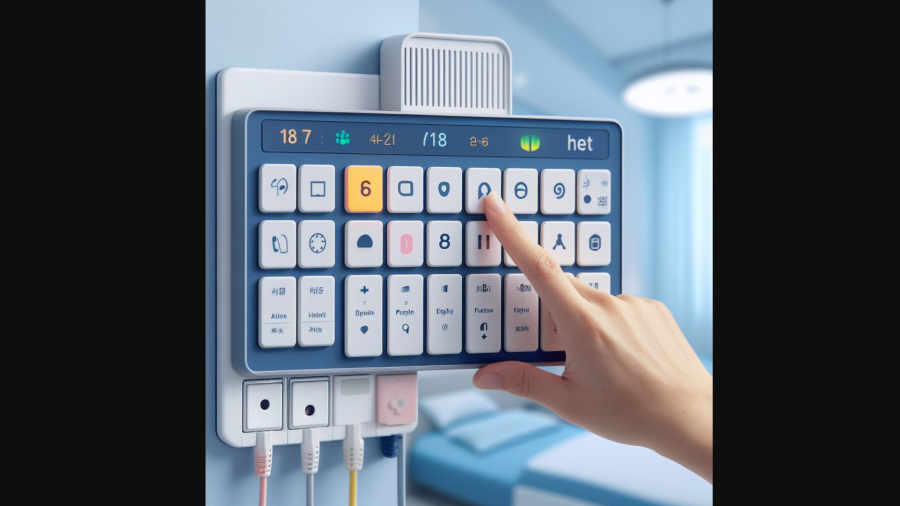Have you ever marveled at the beauty of watercolor paintings and wondered if technology could replicate such artistry? Enter the world of AI watercolor generators. These innovative tools are transforming the way we approach art creation. This article delves into how an AI watercolor generator mimics traditional art techniques, bringing watercolors’ delicate and fluid beauty into the digital age.
The Magic Behind AI Watercolor Generators
An AI watercolor generator is a sophisticated tool that uses artificial intelligence to replicate watercolor painting techniques. It analyzes numerous aspects of traditional watercolor art, such as color blending, brush strokes, and the effects of water on paper. By understanding these elements, the AI can recreate watercolor art’s unique and often unpredictable nature digitally. This technology interprets and digitally reconstructs the subtle nuances that make watercolor painting distinctive and appealing.
Mimicking Watercolor Brush Strokes
One of the most distinctive features of watercolor painting is the brush strokes. The AI watercolor generator uses algorithms to simulate the movement and texture of brush strokes. It can vary the brush’s thickness, direction, and dryness, creating effects that closely resemble hand-painted art. This involves analyzing how watercolor brushes behave differently than others, such as oil or acrylic brushes, in their interaction with the canvas and pigments.
Replicating Water and Color Blending Techniques
The way watercolor pigments blend with water is unique and challenging to replicate. The AI watercolor generator manages this by digitally simulating water’s interaction with pigments. It can mimic the flow and diffusion of colors, creating natural and organic blending effects like in real watercolor paintings. This process involves understanding how water spreads on paper and how it carries pigments to create gradients and washes, characteristic of watercolor art.
Creating Layers and Transparency Effects
Watercolor art is known for its layers and transparency. The AI tool can layer colors, allowing for the creation of depth and texture. This layering mimics the translucent quality of watercolors, where each layer interacts with others to produce rich and complex compositions. Simulating watercolors’ transparency is crucial in achieving the ethereal and delicate look typical of this medium.
Understanding Color Theory and Composition
AI watercolor generators are programmed with a deep understanding of color theory and composition. They analyze traditional artworks and learn how colors work together, which helps in producing harmonious and aesthetically pleasing watercolor art. This includes understanding the emotional impact of certain color combinations and how they can be used effectively in watercolor art.
Adapting to Different Watercolor Styles
Watercolor art has various styles, from loose and expressive to detailed and controlled. AI generators can adapt to these different styles, allowing artists and enthusiasts to experiment with a wide range of watercolor techniques. Whether creating a soft, impressionistic landscape or a detailed botanical illustration, the AI can adjust its approach to suit the desired style.
Personalizing Digital Art with AI
These generators allow for a high degree of personalization. Users can input their preferences or even feed the AI with specific images to guide the style and outcome of the watercolor painting. This personalization makes the AI watercolor generator a versatile tool for amateur and professional artists. It allows for a collaborative process, where the artist’s vision and the AI’s capabilities combine to create unique artworks.
Adobe says, “With Firefly, our generative AI web application, you can use powerful text to image capabilities to jumpstart your creative process, explore new artistic avenues, and make beautiful images. To make AI-generated paintings, just type in a simple description to generate an image, and then customize it to get that painterly look.”
The AI watercolor generator is more than a technological novelty; it bridges traditional art and digital innovation. It opens up new possibilities for artists, designers, and anyone interested in watercolor art, allowing them to experiment and create with the touch of a button. As AI technology evolves, we can expect these tools to become even more sophisticated, further blurring the lines between traditional watercolor techniques and digital art creation. This fusion of art and technology is exciting for artists. It signifies a new era in the creative world, where the boundaries of what can be achieved constantly expand.











